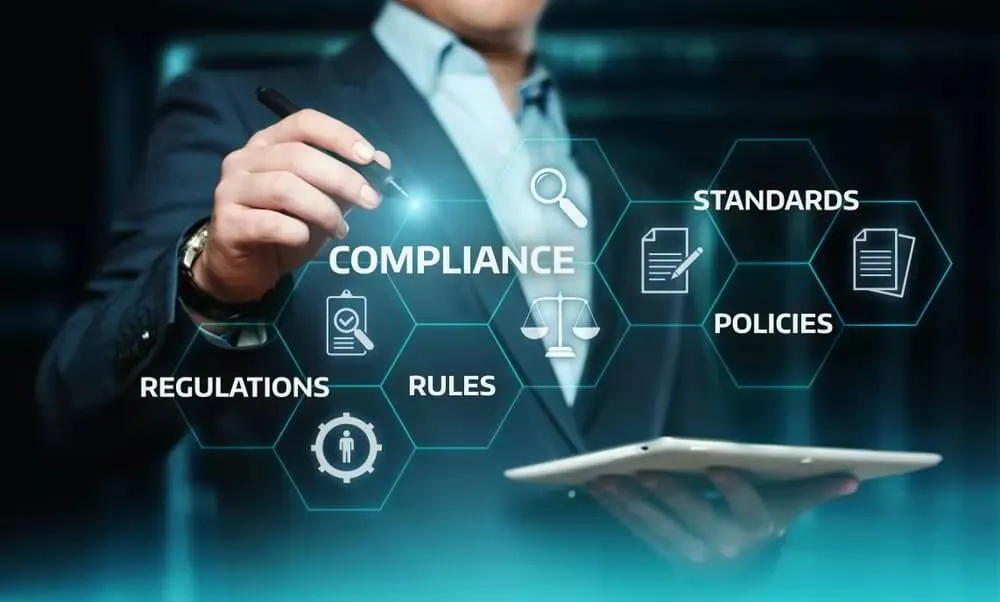Navigating the Compliance Landscape: Strategies for Today’s Businesses
In an environment where cybersecurity threats loom larger by the day and compliance regulations constantly evolve, businesses face the daunting task of staying secure while adhering to an increasingly complex web of legal and regulatory standards. This challenge is particularly acute for organizations that operate across different jurisdictions, each with its own set of rules and requirements. This article delves into the current compliance landscape, offering actionable insights and strategies to help organizations navigate these waters, ensuring they remain compliant and secure.
Understanding CMMC Level 2 Compliance
The compliance landscape is shaped by a variety of factors, including industry-specific regulations, data protection laws, and standards set by governing bodies. Key regulations include the General Data Protection Regulation (GDPR) in the European Union, the Health Insurance Portability and Accountability Act (HIPAA) in the United States, and the Payment Card Industry Data Security Standard (PCI DSS) globally. Each of these regulations has its own set of requirements, making compliance a complex task for businesses operating at the intersection of multiple regulatory environments.
Understanding CMMC Level 2 Compliance
Regular audits are crucial for understanding your organization’s current compliance status. These audits should assess all aspects of your operations against the relevant regulations and standards. Identifying gaps early allows for timely remediation and helps avoid the penalties associated with non-compliance.
Understanding CMMC Level 2 Compliance
The compliance landscape is ever-changing, with new regulations introduced and existing ones updated frequently. Staying informed requires a proactive approach, including subscribing to regulatory news feeds, joining industry associations, and attending relevant conferences and webinars.
A robust compliance framework is the backbone of any successful compliance strategy. This framework should encompass policies, procedures, and controls designed to ensure ongoing compliance with all relevant regulations. It should be flexible enough to adapt to new regulations as they come into effect.
Technology plays a crucial role in managing compliance. Compliance management software can automate many aspects of the compliance process, from tracking regulatory changes to managing documentation and reporting. These tools can significantly reduce the manual effort involved in maintaining compliance and provide a clear audit trail.
Compliance should be embedded in the corporate culture, with all employees aware of the importance of compliance and their role in maintaining it. Regular training sessions, clear communication from leadership, and a policy of transparency and accountability all contribute to fostering a culture of compliance.
Given the complexity of the compliance landscape, engaging with legal and compliance experts can provide valuable insights and guidance. These experts can help navigate specific regulatory challenges, offer advice on best practices, and assist in developing a comprehensive compliance strategy.
Beyond avoiding fines and penalties, proactive compliance offers several benefits. It can enhance your organization’s reputation, build trust with customers and partners, and provide a competitive advantage in the marketplace. Furthermore, many compliance measures, such as data protection and cybersecurity practices, can directly benefit your organization by safeguarding against data breaches and other security incidents.
Navigating the compliance landscape requires a strategic, informed approach. By understanding the complexities of the current regulatory environment, implementing a comprehensive compliance framework, and leveraging technology and expert advice, organizations can not only remain compliant but also secure and thrive in today’s business world. Remember, compliance is not just a legal requirement; it’s a strategic asset that, when managed effectively, can contribute to the long-term success and resilience of your organization.
